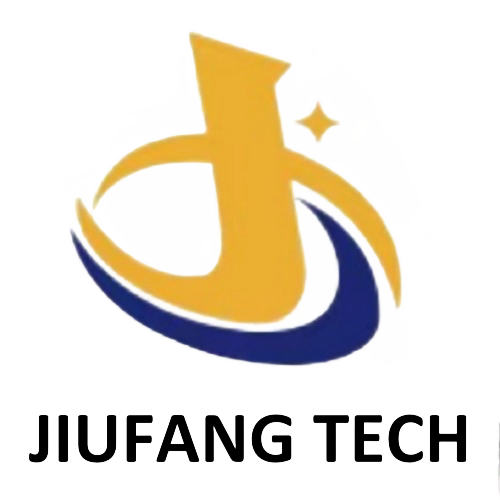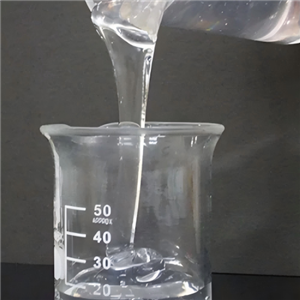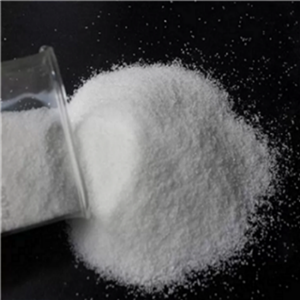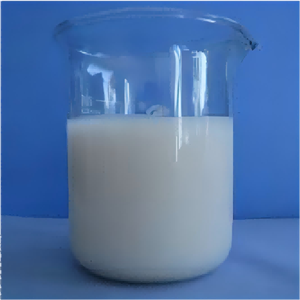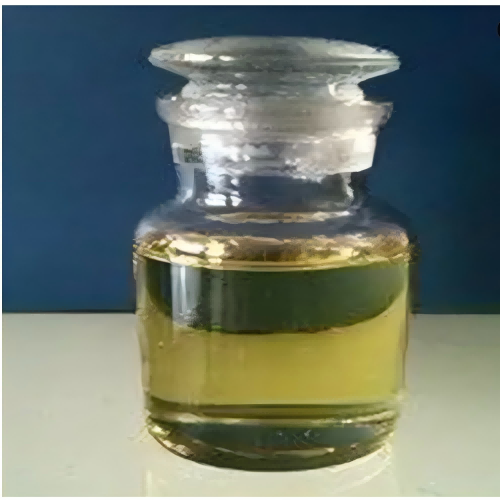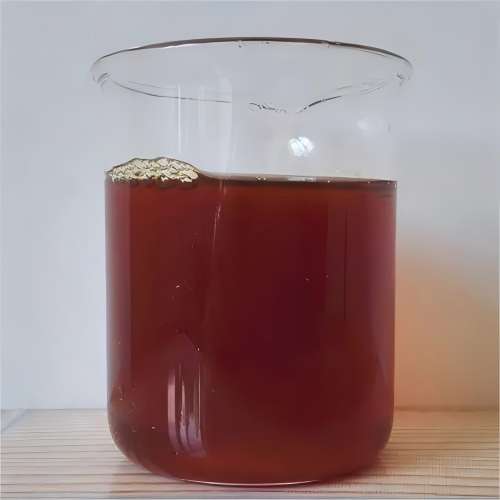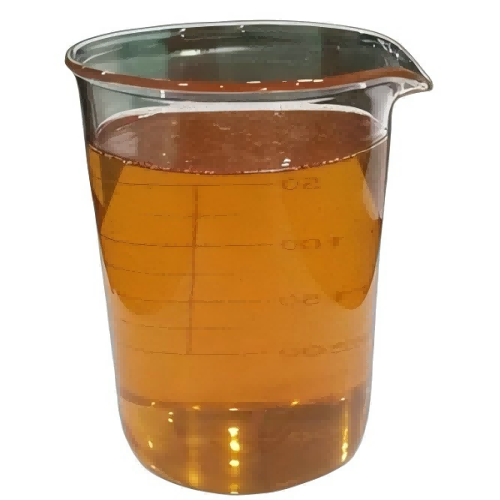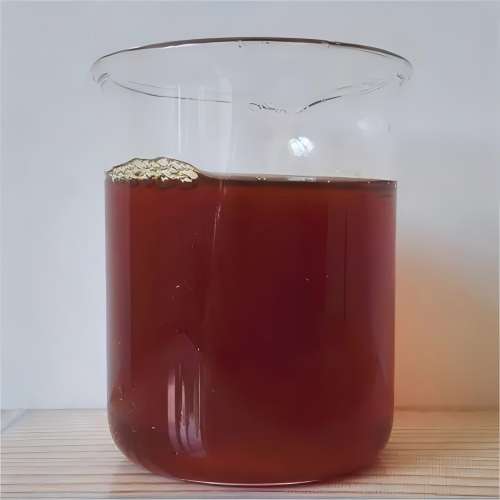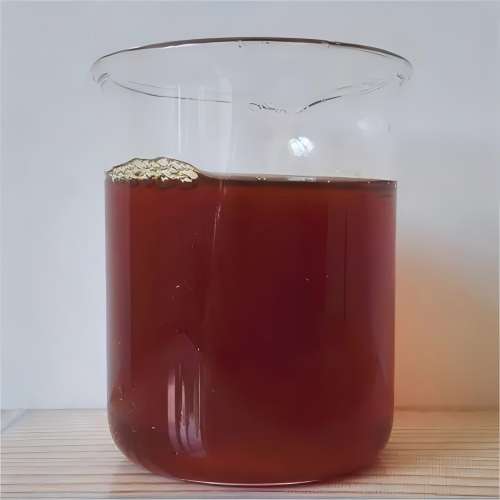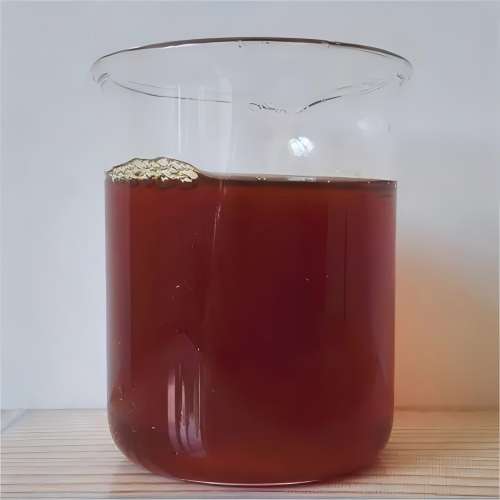
Reverse demulsifier manufacturer
Brand Shenyang Jiufang
Product origin China
Delivery time Lead time: 7days
Supply capacity 10000Metric Tons/Year
Jiufang Tech has focused on customized reverse demulsifiers depending on the properties of oily wastewater to confirm the HLB value of reverse demulsifier/Deoiler.
Different reverse demulsifier/Deoiler have different HLB value which is an important characteristic for reverse demulsifier application.
Download
The following are several common cationic reverse demulsifiers:
1. Quaternary ammonium salts: This is a type of cationic reverse demulsifier for oily wastewater that is widely used. The molecular structure of reverse demulsifier/deoiler contains quaternary ammonium cationic groups and has a strong positive electrical property. For example, dodecyltrimethylammonium chloride, hexadecyltrimethylammonium chloride, etc.
This type of reverse demulsifier application can interact with negatively charged emulsion droplets through electrostatic attraction, neutralize their surface charges and destroy the stability of the emulsion droplets to achieve demulsification. Quaternary ammonium salt reverse demulsifier/Deoiler has a more obvious demulsification effect on thin oil, but the treatment effect for thick oil and aged oil may be limited to some extent.
2. Homopolymers or copolymers of acrylamide, dimethyldiallylammonium chloride, etc.:
Homopolymers of acrylamide or copolymers with dimethyldiallylammonium chloride are common cationic reverse demulsifier application. This deoiler in refinery molecular chains carry a large number of cationic groups that can interact with the oil droplets in the oil-in-water emulsion, reduce the interfacial tension and promote the aggregation and separation of the oil droplets. They have good reverse demulsifier application effects in the treatment of oilfield produced water, polymer-containing wastewater, etc. and can effectively achieve oil-water separation.
3. Polyquaternary ammonium salt reverse demulsifier for oily wastewater:
Polyquaternary ammonium salts are polymer compounds polymerized from multiple quaternary ammonium salt monomers. The product(Deoiler in refinery) has a high molecular weight and a large number of cationic charges and can form a strong adsorption effect on the oil-water interface, destroy the structure of the emulsified film and achieve demulsification. Polyquaternary ammonium salt reverse demulsifier has a high demulsification efficiency and good stability and adaptability and are applied in various complex oily wastewater treatments.
4. Cationic-nonionic reverse demulsifier for oily wastewater: This type of reverse demulsifier(Deoiler in refinery) is prepared by combining cationic groups and nonionic groups together. Among them, the nonionic groups can provide certain hydrophilicity and solubility, while the cationic groups can play a demulsification role. For example, cationic-nonionic reverse demulsifier (Deoiler in refinery) prepared by the reaction of epichlorohydrin with polyethers and then with dimethylamine and polyamine compounds. This type of product(Deoiler refinery) can maintain a good demulsification effect while reducing the generation of oily sludge and has a good application prospect.
